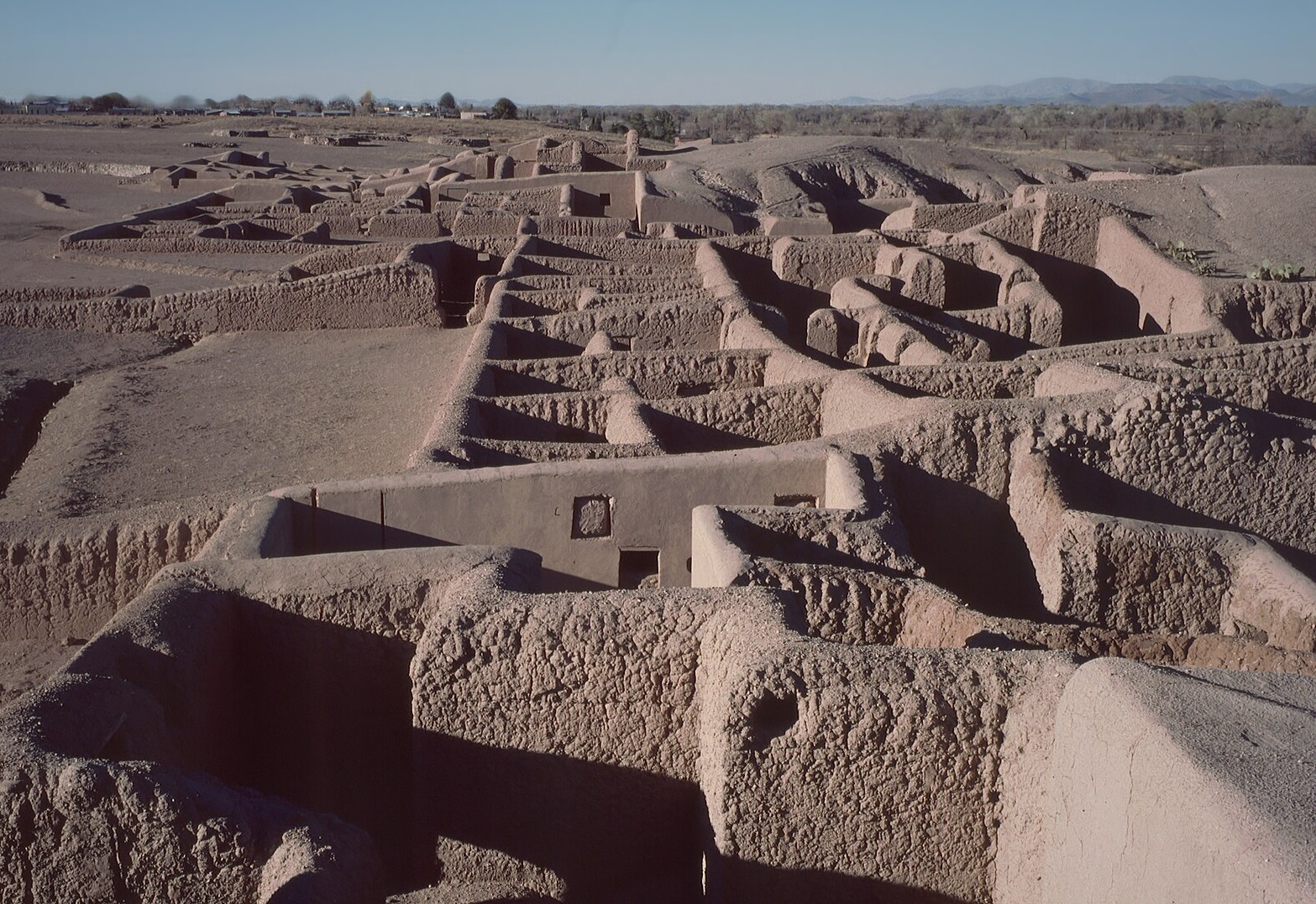A DNA analysis of a sacrificial child burial at the Mexican site of Paquimé has revealed evidence of close relative mating among elites.
Paquimé, also known as Casas Grandes, is one of the largest and most complex Mogollon culture sites in the northern Mexican state of Chihuahua.
The site served as the political and ritual centre during the 13th and 14th century AD, consisting of 2,000 adjoining rooms built of adobe, I-shaped Mesoamerican ballcourts, stone-faced platforms, effigy mounds, and a market area.
According to Dr Jakob Sedig from Chronicle Heritage and Harvard University, much is already known about the rise and fall of Paquimé, however, what is yet to be understood is the site’s social hierarchy and how the inhabitants were biologically related to each other.
In a study published in the journal Antiquity, a multi-institutional investigation conducted a DNA analysis on a sacrificial child burial who was interred in the “House of the Well”, a ceremonial structure associated with a sacred underground well.
The study revealed unusually long “runs of homozygosity” (RoH), which indicates how related an individual’s immediate ancestors are. The longer the runs, the more closely related the parents.
“This individual has one of the highest runs of homozygosity values of all published ancient individuals in the Western Hemisphere”, says Dr Sedig. “This means that the child had parents who were more closely related than first cousins.”
While close-kin relationships are seen as a taboo in most societies, in many ancient cultures an exception was made for elites as a symbol of status or to preserve bloodlines.
This implies that the elites at Paquimé believed that sacrificing a child born to two closely related individuals within their lineage held particular power, and in this instance, it was used to consecrate a building of ritual significance.
Header Image Credit : – CC BY-SA 3.0
Sources : Antiquity | https://doi.org/10.15184/aqy.2024.94





